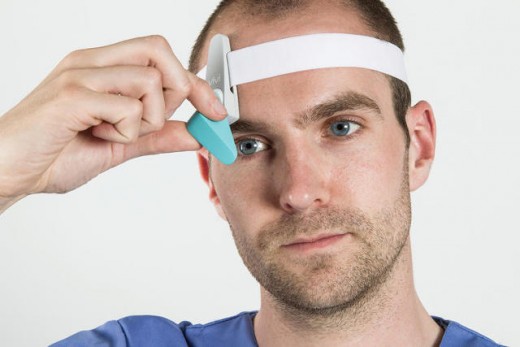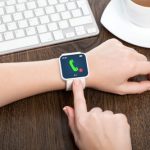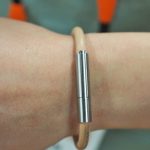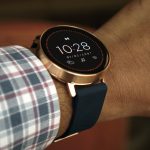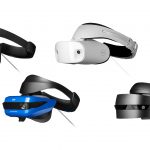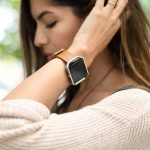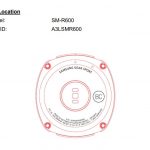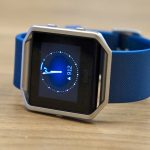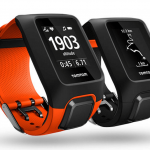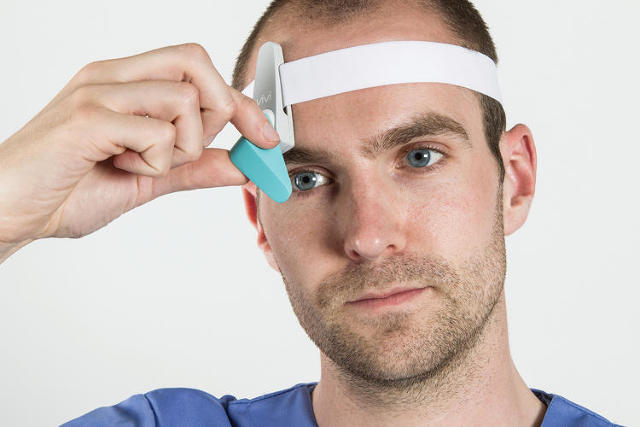This HUD For docs Proves less Is more For Future Wearables
Vivi, a Google Glass-like software, helps keep doctors up to the mark within the running room.
October 21, 2015
For all of its promising ideas and doable, Google Glass can, at perfect, be summed up as a noble failure. In looking to enchantment to as wide of an target audience as possible, the ensuing device offered little in the best way of real world utility. but there were lessons to be realized, and people paying attention are iterating.
This used to be the start line for the experience design agency approach when it got down to design the Vivi headset. Working with Bay Innovation, a startup launched via two anesthetists, the wearable is designed to in an instant ship information equivalent to vitals to medical doctors as they function. manner understood it couldn’t simply shoehorn its functionality right into a product constructed for common use, but slightly needed to build the product across the current habits of its meant users.
the very first thing you might discover about Vivi is its simplicity. fabricated from plastic and designed to clip onto a headband, it’s a a long way cry from some of the the slickly-designed wearables you see as of late. but that’s largely intentional. In conceiving Vivi, way’s designers thought to be using Google Glass, but noticed that most surgeons already wore glasses and headbands in the running room, and as a consequence needed to craft a solution that would keep out of the best way. whilst you’re using it, the diminutive software pops over one eye; whilst you don’t need it, it swivels up and out of the way in which.
but a very powerful thing about Vivi is not what you see on the skin, however what you see when you seem to be into it. With that in thoughts, the wearable is designed to obviously ship essentially the most a very powerful data at exactly the right moment, in a position to connect to scientific tools via Bluetooth to transmit the data. A small, eight-bit-esque show, which that you could configure to your liking by means of a smartphone app, is able to display vitals for things like breathing and heart rate, and is designed to ship nothing but the most the most important data.
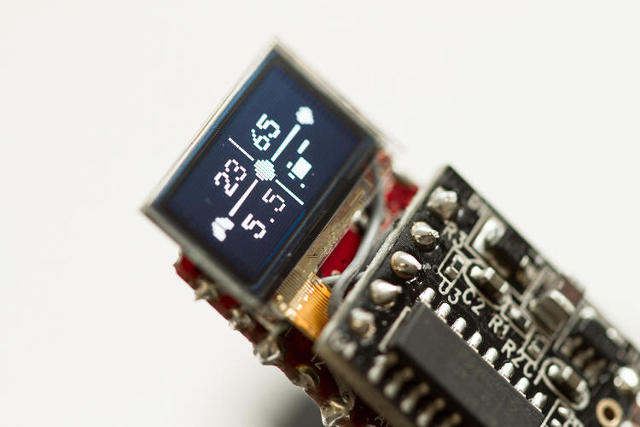
“exhibiting them simply the core knowledge that they need to see and notifying them if one thing that has changed—if nothing’s changed that’s ok,” explains method CTO David Rajan. “but if the blood power’s dropped, you need to recognize that and also you wish to know fast. What the software does is let you know that you simply want to look at the monitor now. something’s happening…go intervene. Which is completely different than just placing an important display in entrance of any individual.”
way believes the simple, monochrome display will go far in opposition to permitting people to fast figure what’s occurring after they peer into Vivi. talking concerning the design course of for Vivi, Vivi’s Lead interaction Designr Neil Usher referred to that probably the most difficult phase was figuring out the best way to visually current this information.
“It was about determining the right way to deliver a huge amount of info in this kind of small quantity of area,” says Usher. “it will possibly’t distract the wearer, and may’t add to the cognitive load, so the question was once how do you utilize this sort of easy show to ship the appropriate information at precisely the proper time with out a steered?”
but Vivi isn’t designed to exchange the opposite visual units in an OR as much because it’s meant to streamline the method. It’s more of a associate. Surgeons can get the gist of things with no need to repeatedly seem away from the operating desk, and if a critical state of affairs arises, docs can seem to different monitors for more specific information.

“They have already got the screen, but operating theaters will also be fairly busy and messy locations with lots of displays and a variety of people doing totally different jobs who aren’t essentially stationary,” says Rajan. “So you must preserve the gap clear for folks to move to work on the affected person, and often the screens aren’t in the fitting place to get a just right line of sight…the problem in a way was to regulate this.”
gadgets like this may also go far in opposition to proving some extent that merchandise—especially ones which can be a part of rising classes—don’t need to do all of it. by using proscribing Vivi’s functionality to some interactions catered across the medical container, docs don’t need to awkwardly swipe or shout at it. And with the aid of beginning with a narrow focal point on what head installed displays can do, it may allow folks to change into extra familiarized with the know-how earlier than using it down at the nook café.
That mentioned, manner sees extra for Vivi than just a place within the scientific box. while its primary focus will likely be within the well being care business, the path to legislation will take a very long time, and Rajan wouldn’t be surprised if Bay improvements regarded to launch the product in the game or well-being industries, noting potential use circumstances for cyclists, runners, and rowers.
“sport is possibly some of the first locations the place the product could achieve some market penetration and success,” says Rajan. “in case you’re talking about cyclists, they regularly have Tom Tom and Garmin [GPS devices] and have to seem down. Runners are also all the time looking at their watch to see in the event that they’re making their performance goal.”
And whereas the company says that it will be capable of provide Vivi for significantly not up to different head installed displays, it nonetheless does not have an organization idea for the fee range, or unencumber date. Time will inform if this promising concept can get up where earlier wearables have stumbled.
(62)

